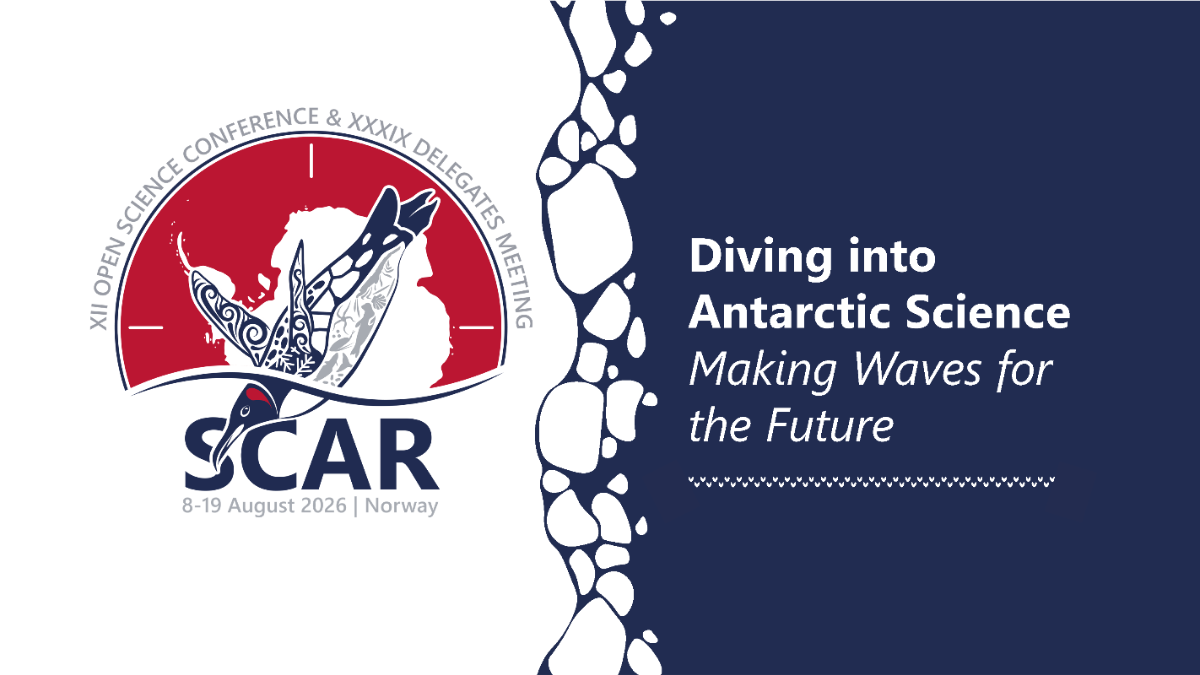
“The SCAR [Scientific Committee on Antarctic Research] Open Science Conference is where the Antarctic research community comes together. SCAR and the Norwegian Polar Institute are thrilled to invite you to join colleagues and friends in Oslo, Norway, for the 12th SCAR Open Science Conference & Meetings, taking place 8-19 August 2026 at the Clarion Hotel The Hub in Oslo, Norway.”
The parallel session programme will feature 50 parallel sessions across the Physical Sciences, Geosciences, Life Sciences, Humanities and Social Sciences, along with a selection of cross-disciplinary themes.
The Life Science section includes the following session:
S17: Antarctic and Subantarctic Birds: Ecology, Behaviour, and Conservation
Convenors: Michelle LaRue & Hugo Guímaro
Antarctic and subantarctic [sic] birds are key components of the Southern Ocean ecosystem, linking marine and terrestrial environments and responding to environmental variability. This session welcomes studies that explore the ecology, behaviour, evolution, and conservation of bird species across the Antarctic and subantarctic regions. We invite contributions spanning broad comparative approaches, such as macroecology, macroevolution, biogeography, and population genetics, as well as research on community-level processes including species assemblages, ecological networks, and trophic interactions. Work focused on individual species or populations is also encouraged, including studies of physiology, life-history strategies, foraging ecology, movement patterns, and demographic responses. Given the environmental changes occurring in the Southern Ocean and adjacent regions, we especially encourage submissions addressing the effects of climate change, extreme events, and other environmental drivers on the distribution, behaviour, and resilience of bird communities. Integrative, interdisciplinary, and long-term perspectives are particularly welcome.
The abstract submission deadline is 28 February 2026.
John Cooper, Emeritus Information Officer, Agreement on the Conservation of Albatrosses and Petrels, 03 December 2025

 English
English  Français
Français  Español
Español 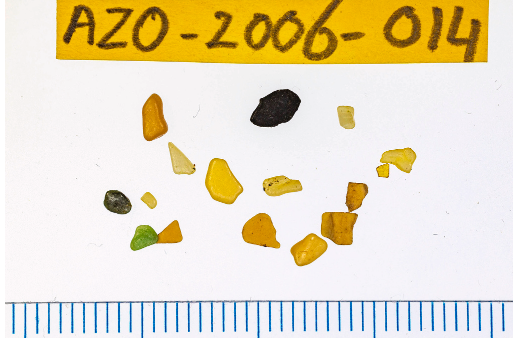
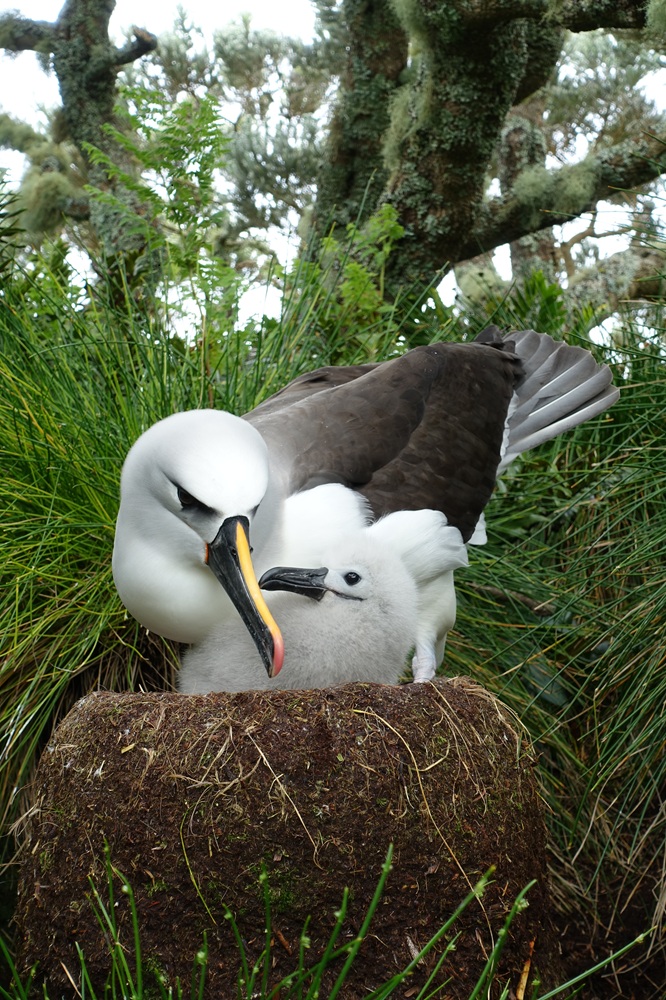 An Atlantic Yellow-nosed Albatross tends its chick on Gough Island, photograph by Michelle Risi
An Atlantic Yellow-nosed Albatross tends its chick on Gough Island, photograph by Michelle Risi A Chatham Albatross stands over its chick on The Pyramid/Tarakoikoia, New Zealand, photograph by David Bowle
A Chatham Albatross stands over its chick on The Pyramid/Tarakoikoia, New Zealand, photograph by David Bowle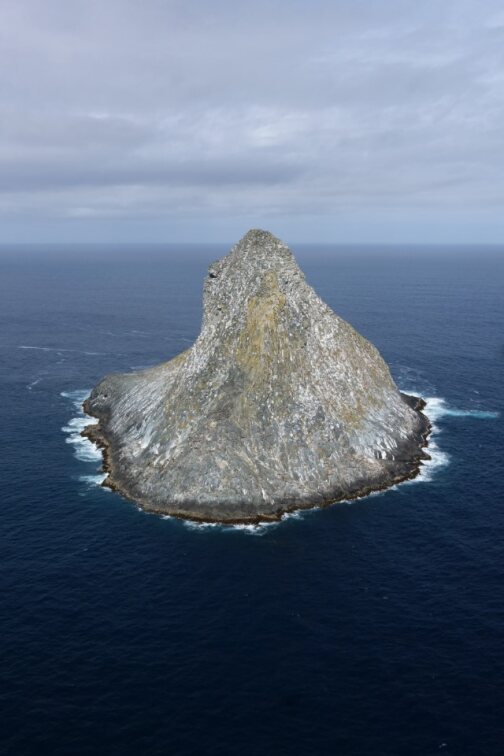 The Pyramid, Chatham Islands: sole breeding home of the Chatham Albatross, aerial photograph by David Boyle
The Pyramid, Chatham Islands: sole breeding home of the Chatham Albatross, aerial photograph by David Boyle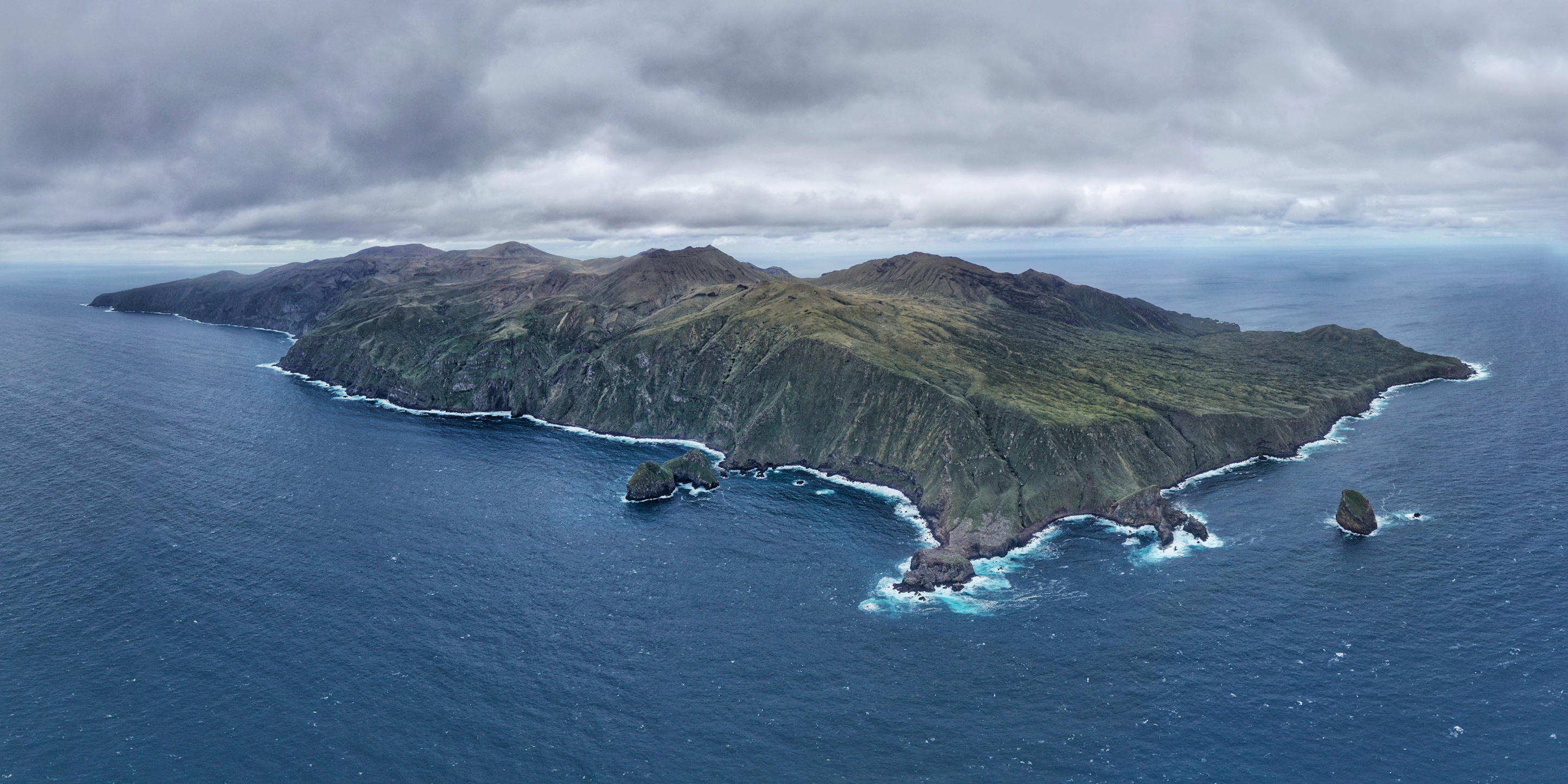
 Wisdom shows her well-known red colour band Z333, photograph by Jon Plissner, USFWS
Wisdom shows her well-known red colour band Z333, photograph by Jon Plissner, USFWS Wisdom and her mate, EX25, find each other, photograph by Chris Forster, 25 November 2025
Wisdom and her mate, EX25, find each other, photograph by Chris Forster, 25 November 2025 Swakopmund is a coastal town situated on the edge of the Namib Desert
Swakopmund is a coastal town situated on the edge of the Namib Desert